Neuroblastoma and Ayurveda: Exploring Complementary Approaches
Neuroblastoma and Ayurveda: Exploring Complementary Approaches is a pediatric cancer that primarily affects children under the age of five, originating from neural crest cells that typically develop into the adrenal glands and sympathetic nervous system. It can manifest in various forms, presenting a range of symptoms depending on its location and extent. While conventional treatments include surgery, chemotherapy, and radiation, many families seek complementary therapies, such as Ayurveda, to support their child’s overall well-being during treatment.
Understanding Neuroblastoma

Neuroblastoma and Ayurveda: Exploring Complementary Approaches is characterized by the uncontrolled growth of neuroblasts, which are immature nerve cells. This cancer can develop in various parts of the body, but it most commonly arises in the adrenal glands. Symptoms may include:
- Abdominal pain or a noticeable mass
- Bone pain or limping
- Unexplained bruising
- Swelling in the face or neck
- Fever
The diagnosis of neuroblastoma often involves imaging tests, blood tests, and a biopsy. The stage of the cancer—ranging from localized to metastatic—significantly influences the treatment approach and prognosis.
Conventional Treatments
Conventional treatments for neuroblastoma include:
- Surgery: Often the first step if the tumor is localized.
- Chemotherapy: Used to shrink tumors or kill cancer cells.
- Radiation Therapy: Targeted to destroy cancer cells.
- Stem Cell Transplant: In advanced cases, to replenish healthy blood cells.
- Immunotherapy: Using the body’s immune system to fight cancer.
While these treatments can be effective, they often come with side effects that can impact a child’s quality of life.
The Role of Ayurveda
Ayurveda, a holistic system of medicine that originated in India over 3,000 years ago, emphasizes balance in the body, mind, and spirit. It is rooted in the belief that health is achieved through a harmonious lifestyle, including diet, herbal remedies, yoga, and meditation.
Principles of Ayurveda
Ayurveda operates on three fundamental concepts: Doshas, Dhatus, and Malas.
- Doshas: These are the three energies (Vata, Pitta, and Kapha) that govern physiological processes. Each individual has a unique constitution (Prakriti) that influences their health and wellness.
- Dhatus: These are the seven tissues in the body that contribute to physical structure and function. They include plasma, blood, muscle, fat, bone, nerve, and reproductive tissue.
- Malas: These refer to the waste products of metabolism that must be eliminated for optimal health.
Ayurvedic Approach to Cancer Care
In the context of neuroblastoma, Ayurveda does not aim to replace conventional treatments but rather to support overall health and enhance quality of life. Here are some key Ayurvedic principles that can be applied:
1. Diet and Nutrition
Nutrition plays a crucial role in Ayurveda. A balanced diet tailored to the child’s dosha can help strengthen the body and support recovery. Key dietary recommendations include:
- Fresh, Organic Foods: Emphasizing whole foods rich in nutrients.
- Anti-inflammatory Foods: Including turmeric, ginger, and green leafy vegetables.
- Hydration: Ensuring adequate water intake, possibly infused with herbs like tulsi (holy basil).
2. Herbal Remedies
Several herbs in Ayurveda are believed to have potential benefits for cancer care:
- Ashwagandha (Withania somnifera): Known for its adaptogenic properties, helping the body cope with stress and enhancing immunity.
- Turmeric (Curcuma longa): Contains curcumin, which has anti-inflammatory and anti-cancer properties.
- Ginger (Zingiber officinale): Often used to alleviate nausea and improve digestion.
It’s essential to consult with an Ayurvedic practitioner to tailor herbal remedies to the child’s specific needs and ensure they complement ongoing treatments.
3. Mind-Body Practices
Ayurveda emphasizes the connection between the mind and body. Practices such as yoga, meditation, and breathing exercises can help reduce stress, improve mental clarity, and promote emotional well-being.
- Yoga: Gentle poses can enhance flexibility, strength, and relaxation.
- Meditation: Mindfulness techniques can help calm the mind and reduce anxiety.
- Breathing Exercises (Pranayama): Techniques like deep breathing can promote relaxation and enhance oxygen flow in the body.
4. Detoxification
Detoxification, or Panchakarma, is a therapeutic process aimed at removing toxins from the body. This can be beneficial in maintaining balance during conventional cancer treatments.
5. Lifestyle Modifications
Encouraging a healthy lifestyle is crucial in Ayurveda. Recommendations may include:
- Adequate Sleep: Ensuring restful sleep to support healing.
- Regular Exercise: Gentle physical activity to maintain strength and improve mood.
- Stress Management: Implementing techniques to manage stress effectively.
Integrating Ayurveda with Conventional Treatment
When considering Ayurveda as a complementary approach, it’s essential to maintain open communication between the healthcare team and the Ayurvedic practitioner. Here are some tips for integration:
- Consult Professionals: Ensure that both conventional and Ayurvedic practitioners are informed about all treatments being pursued.
- Personalized Plans: Develop a tailored plan that considers the child’s unique condition, treatment protocols, and preferences.
- Monitor Progress: Regularly assess the child’s response to both conventional and Ayurvedic treatments to make necessary adjustments.
- Supportive Care: Focus on enhancing the child’s overall quality of life, addressing side effects, and providing emotional support.
Conclusion
Neuroblastoma and Ayurveda: Exploring Complementary Approaches presents significant challenges, a holistic approach that includes Ayurveda can help support a child’s overall well-being during treatment. By emphasizing balance, nutrition, herbal remedies, and lifestyle modifications, Ayurveda aims to empower families facing this difficult journey. However, it is crucial to approach this complementary therapy with caution and under professional guidance, ensuring that it aligns with conventional treatments for the best possible outcomes.
The journey through neuroblastoma is undoubtedly challenging, but integrating holistic practices can offer additional support, resilience, and hope to families navigating this path. By embracing the wisdom of Ayurveda alongside conventional medicine, families can foster a nurturing environment that promotes healing and well-being for their child.

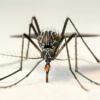

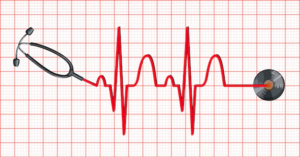
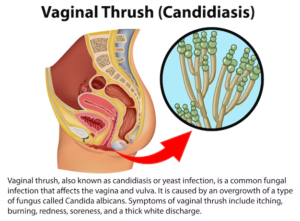
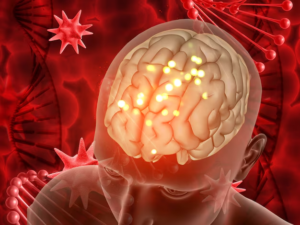
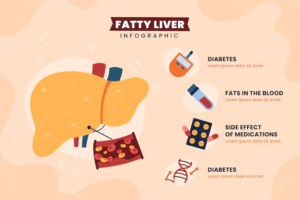
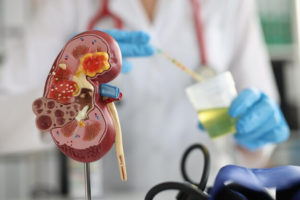
Leave a reply